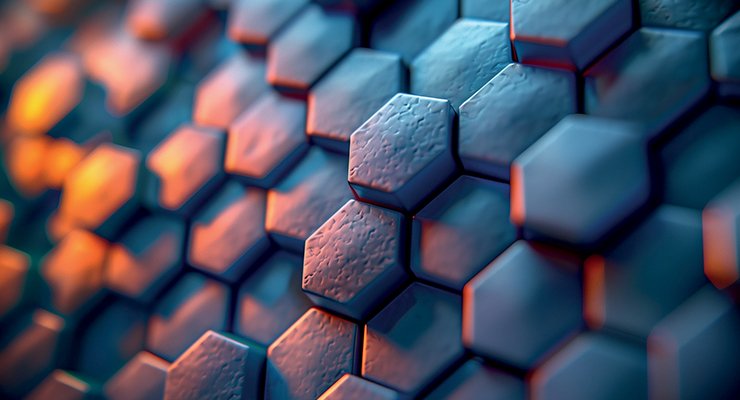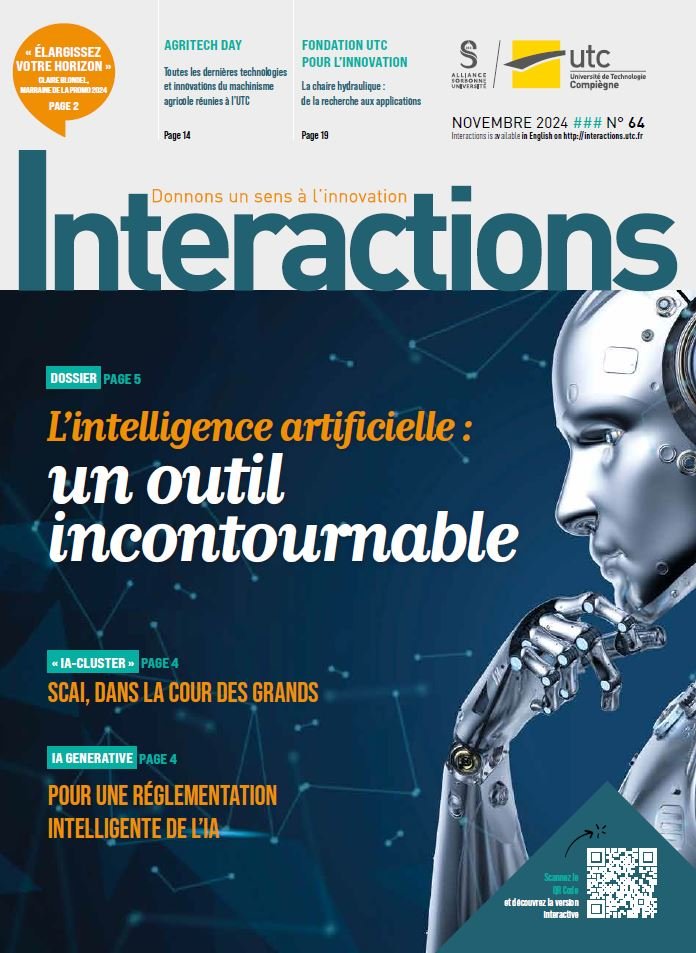Innovative materials and processes

A lecturer-cum-research scientist in the Mechanical Engineering department at UTC’s Roberval Laboratory, Julie Marteau is also in charge of the «Materials and Technological Innovations» course, one of the main objectives of which is to support the development of innovative materials and processes.
Another of the Department’s objectives is to identify technical solutions to the various modes of degradation of materials, depending on their life expectancy and to master the choice of materials and processes, taking into account technical, economic and environmental constraints, in order to design innovative products.
Julie Marteau’s research focuses on two main areas. «The first area involves characterising the relationship between a material’s microstructure and its local mechanical properties. In other words, different experimental characterization techniques are combined to investigate the impact of using a specific process or the effects of mechanical stress. The aim is to study not only the surface, but also the core of the material. The second area involves understanding functionality, in the broadest sense, by characterising the topography of a given material», she says.
Research aimed at understanding the synergy of local phenomena to produce a product with the targeted functionality. These research themes are of interest to a number of academic and industrial partners. Partners include Cetim, Railenium and companies such as ArcelorMittal, Airbus, RATP and BritishSteel.
Among the projects devoted to the interrelationships between a material’s microstructure and its mechanical properties? «For example, a thesis as part of FuseMetal, a joint laboratory between Roberval and ArcelorMittal, on the description of the microstructure generated by welding sheet metal to understand how this will modify the base materials and how these will behave in terms of mechanical post-weld properties, to see how the material’s behaviour evolves after welding. In this particular case, the aim is to produce a material with high mechanical resistance and a certain lightness to reduce vehicle weight. We are also working on the problem of mechanical stress. For example, we have examined the evolution of the microstructure of rails taken from railroad tracks, after numerous train passages. This enables us to understand and then predict track wear processes, always with a view to ensuring that the material has the longest possible service life. Finally, a project carried out in partnership with Cetim and supported by the Region, in which a PhD thesis is in progress, is devoted to the influence of a new additive manufacturing process of friction/kneading on the microstructure. The aim is to print different parts in a titanium alloy, varying the process parameters in order to understand the impact of these variations on the microstructure generated, and to establish the link with the resulting mechanical properties. This new process belongs to the additive manufacturing family, but is based on solid-state deposition, which enables rapid deposition and therefore greater costeffectiveness », explains Julie Marteau.
Other projects focus on surface topography, again always with a link to functionality. «In this case, for example, we analyse the effect of a surface treatment such as shot-blasting or polishing on the surface finish, and study the consequences for a given function. This could be a change in the material’s hardness or gloss,» she assures us.
Among the projects linked to this very issue? «We have a project with the Muséum National d’Histoire Naturelle on “traceology” applied to archaeology, which involves helping them to identify the wear and tear of certain prehistoric flint tools: how the tools analysed may or may not have been used and under what conditions? It’s then up to scientists to translate the results: uses, gestures… to enrich our understanding of prehistoric times. We also have a project, conducted in partnership with Cetim, which concerns the qualification and quantification of “facies seizure wear «, she concludes.
Finally, a thesis on the environmental assessment of the implementation and industrialization of additive manufacturing processes, co-directed by Julie Marteau, Benoît Eynard and Raoudha Gaha Elkamel, has begun recently.
MSD




